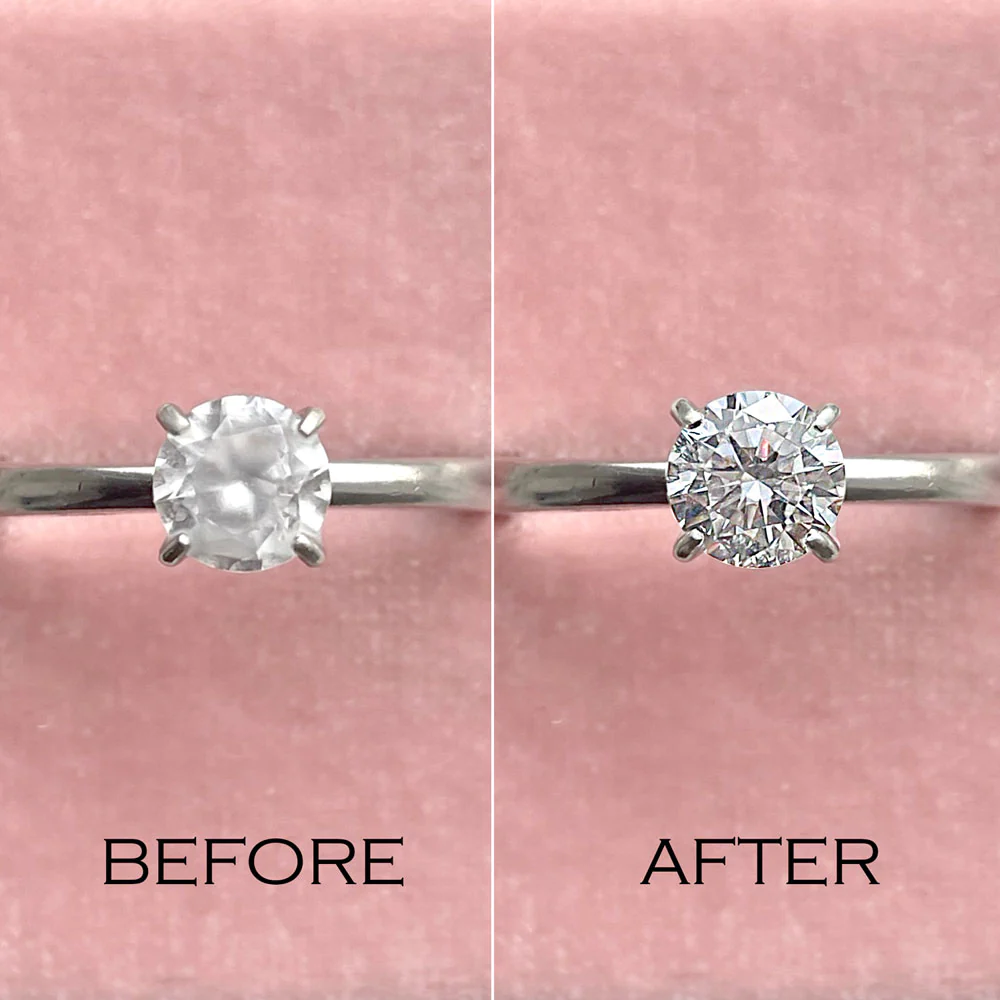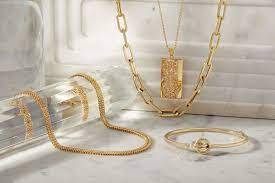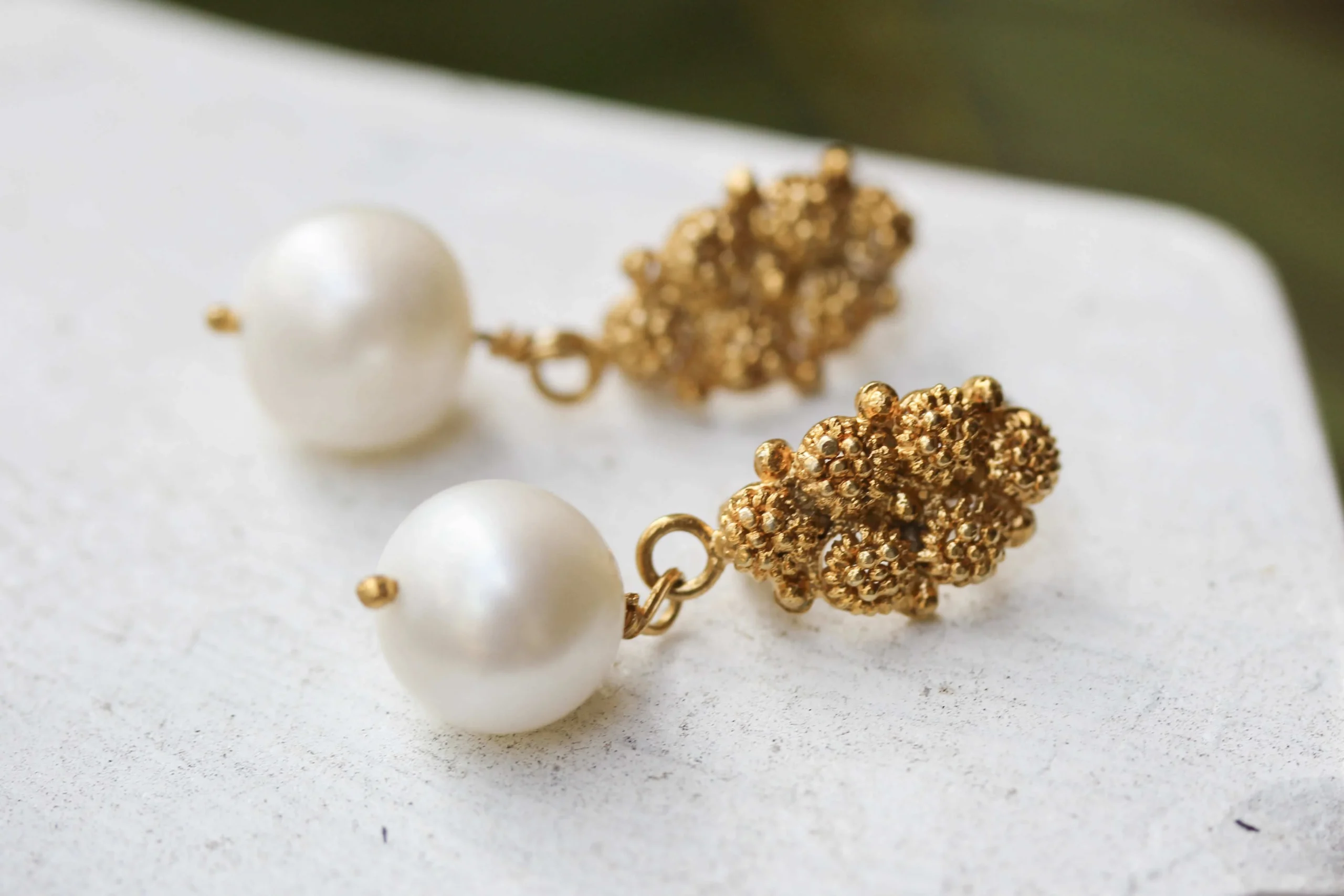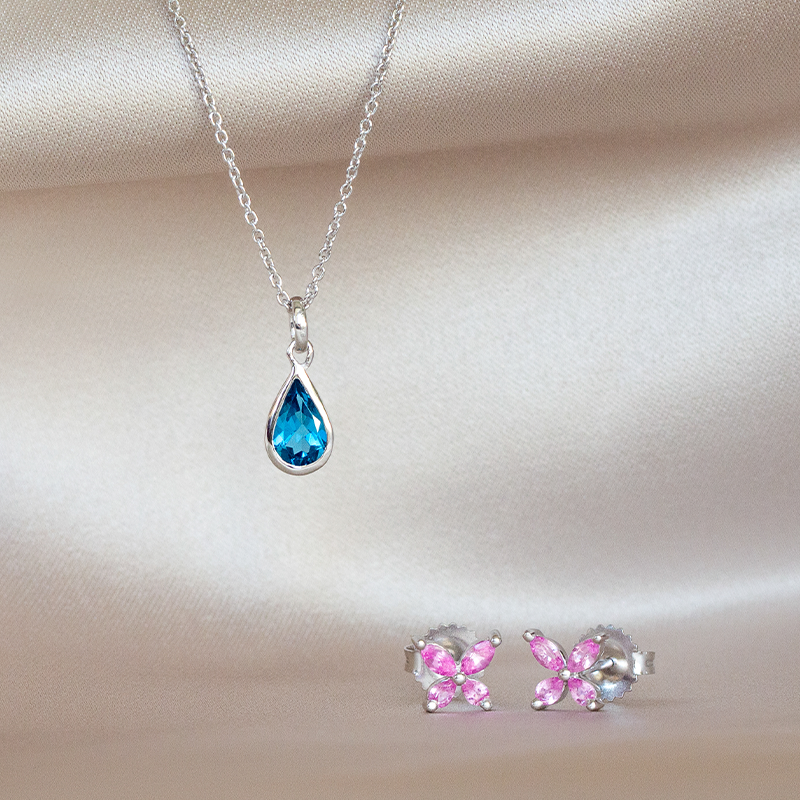Jewelry, with its beauty and significance, often holds both sentimental and monetary value. To truly understand and protect your investment, jewelry appraisal is an invaluable process. In this blog post, we delve into the world of jewelry appraisal, providing you with insights, reasons to consider an appraisal, and a step-by-step guide to help you unlock the true value of your treasured pieces.
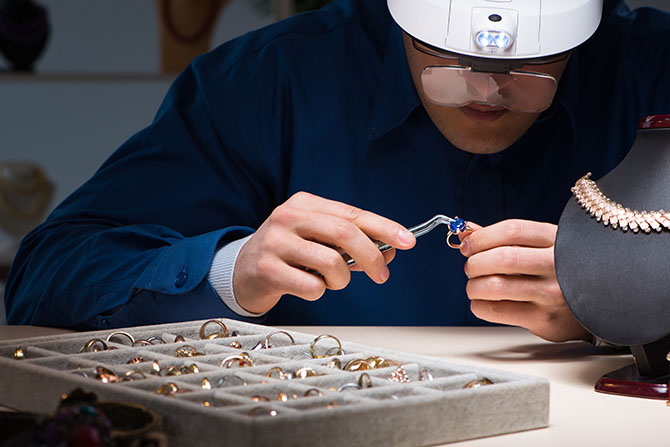
1. The Importance of Jewelry Appraisal
Jewelry appraisal serves several crucial purposes:
- Insurance Coverage: An accurate appraisal ensures that your jewelry is adequately insured, protecting you in case of loss, theft, or damage.
- Estate Planning: Appraisals are vital for estate planning and distribution, ensuring that your jewelry is fairly divided among heirs.
- Resale or Consignment: If you ever decide to sell or consign your jewelry, an appraisal helps determine its fair market value.
- Peace of Mind: Knowing the value of your jewelry provides peace of mind and helps you make informed decisions about its care and maintenance.
2. When to Consider Jewelry Appraisal
Consider getting your jewelry appraised in the following situations:
- New Purchases: Appraise newly acquired jewelry to ensure it’s adequately insured.
- Periodic Updates: Reappraise your jewelry every few years to account for changes in market value and inflation.
- Significant Life Events: Appraise jewelry after significant life events such as marriage, divorce, or inheritance.
3. Finding a Qualified Appraiser
Choosing the right appraiser is crucial. Look for a certified gemologist or a jewelry appraiser with a reputable background and credentials. Ask for recommendations from jewelers or trusted sources.
4. The Appraisal Process
The jewelry appraisal process typically includes the following steps:
- Initial Inspection: The appraiser examines your jewelry, noting details like metal type, gemstone quality, and craftsmanship.
- Gemstone Identification: Gemstones are identified, graded, and assessed for quality.
- Measurements and Weight: Precise measurements and weight calculations are recorded.
- Photography: Detailed photographs may be taken to document your jewelry.
- Market Research: The appraiser researches the current market to determine fair market value.
- Appraisal Report: You receive a detailed appraisal report, including descriptions, photographs, and values.
5. Storing Your Appraisal
Keep the original appraisal document in a secure place, and consider providing a copy to your insurance company. Update the appraisal periodically to reflect changes in value.
6. Reappraising Over Time
As the value of jewelry can change, it’s important to revisit the appraisal process every few years to ensure that your coverage remains accurate.
Conclusion: Unveiling the True Worth
jewelry appraisal is a critical step in protecting your investments and understanding the worth of your cherished pieces. Whether for insurance, estate planning, or informed decision-making, a professional appraisal unlocks the true value of your jewelry, ensuring that it continues to be a source of beauty and significance in your life.

